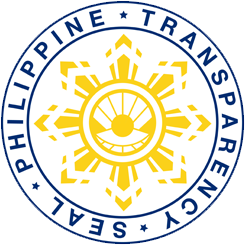The Department of Agriculture-Philippine Rice Research Institute (DA-PhilRice) is scaling up its climate risk mapping efforts to help rice farmers combat the growing threat of extreme weather, which has already caused billions in agricultural losses nationwide.
Drawing inspiration from Vietnam’s mapping initiatives, PhilRice’s Climate-Smart Maps for Strengthening the Adaptation Plans of Farming Communities (CS Map) Project provides farmers and local governments with data-driven tools to prepare for typhoons, droughts, floods, saltwater intrusion, and pest outbreaks.
The move comes as the Philippines grapples with increasingly severe weather patterns. In just 30 days between October and mid-November 2024, six typhoons—Kristine, Leon, Marce, Nika, Ofel, and Ompong—devastated rice farms across Central Luzon, Cagayan Valley, and Bicol, causing widespread losses. This follows Aurora province’s report of over P45 million in agricultural damages earlier in the year, P9 million of which hit rice farmers.
According to climate risk mapping lead Leylani M. Juliano, the project integrates Geographic Information Systems (GIS) and spatio-temporal analysis to identify climate hazards at the local level, enabling farmers to adjust planting and harvesting schedules while helping LGUs implement targeted interventions.
“By understanding climate hazards and assessing risks, policymakers can craft informed policies and programs that strengthen the resilience of rice-producing communities,” Juliano said.
Crop protection expert Leonardo V. Marquez highlighted how these maps play a crucial role in preventing pest outbreaks, which are expected to worsen with fluctuating climate conditions.
“Climate risk maps allow us to pinpoint areas at risk of pest infestations. With these projections, we can implement preemptive pest management strategies,” he explained.
PhilRice has also been engaging local governments to integrate climate-smart maps into official adaptation plans. The policy brokering initiative, led by Dr. Jaime A. Manalo IV, has involved consultations with Bataan, Zambales, and Bulacan, aligning climate data with local strategies.
Since its launch, the CS Map project has developed 31 adaptation plans, incorporating climate-tolerant rice varieties, adjusted cropping calendars, and alternative farming strategies.
With a 2023 Food and Agriculture Organization (FAO) report warning that climate change could reduce Philippine rice yields by 10-15% by 2040, PhilRice experts stress that data-driven adaptation will be key to ensuring food security and sustainable rice production in the years ahead.




